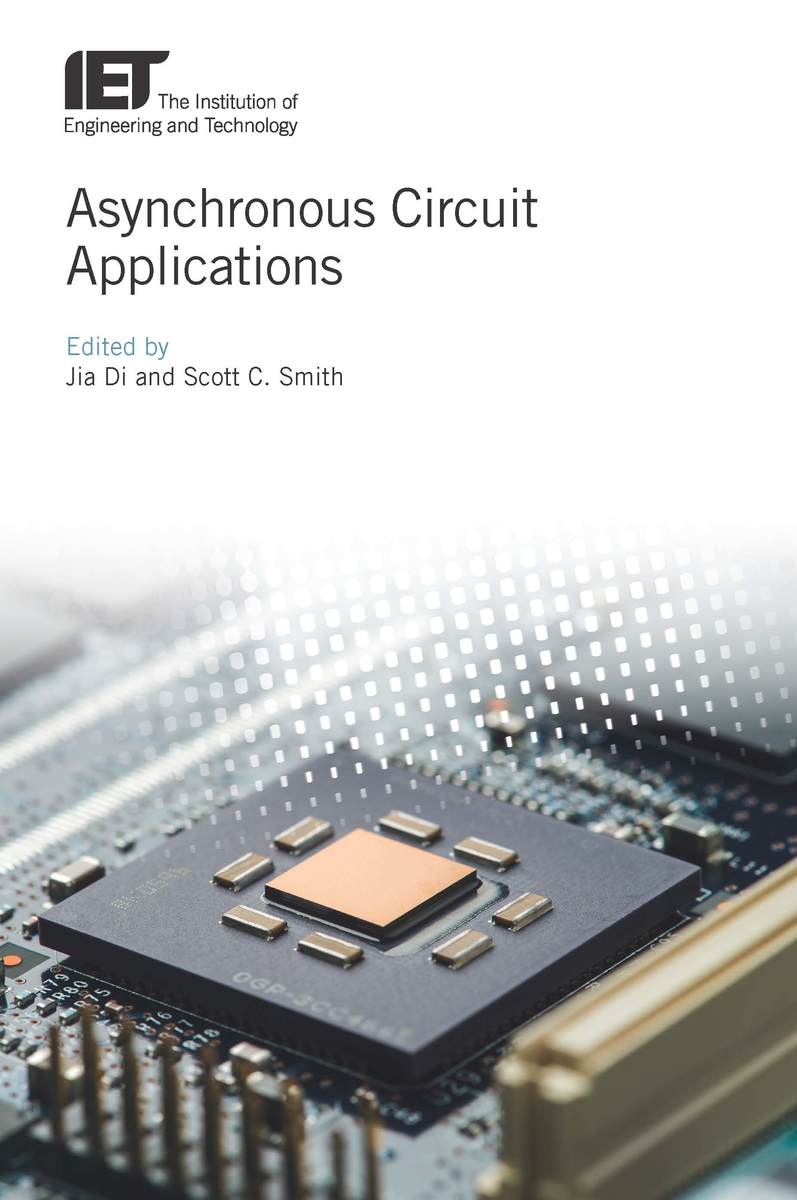Asynchronous Circuit Applications
The Institution of Engineering and Technology, 2020
Cloth: 978-1-78561-817-8 | eISBN: 978-1-78561-818-5
See other books on: Circuits | Electronics | Technology & Engineering
See other titles from The Institution of Engineering and Technology
Cloth: 978-1-78561-817-8 | eISBN: 978-1-78561-818-5
ABOUT THIS BOOK | TOC
ABOUT THIS BOOK
Unlike conventional synchronous circuits, asynchronous circuits are not coordinated by a clocking signal, but instead use handshaking protocols to control circuit behaviour. Asynchronous circuits have been found to offer several advantages, including high energy efficiency, flexible timing requirements, high modularity, low noise/EMI, and robustness to PVT variations. At the same time, growing pressures on the electronics industry for ever smaller, more efficient ICs are pushing the limits of conventional circuit technologies. These factors are spurring growing interest in asynchronous circuits amongst both the academic research and commercial R&D communities.
See other books on: Circuits | Electronics | Technology & Engineering
See other titles from The Institution of Engineering and Technology












